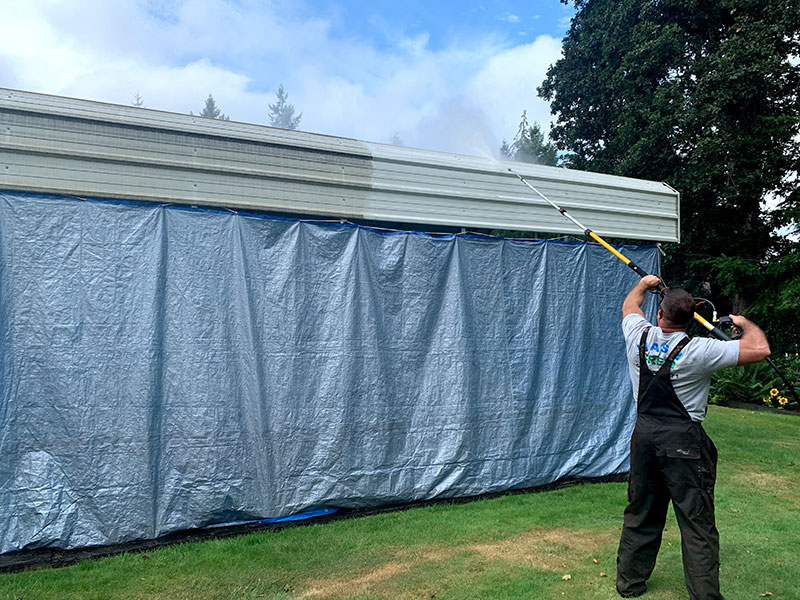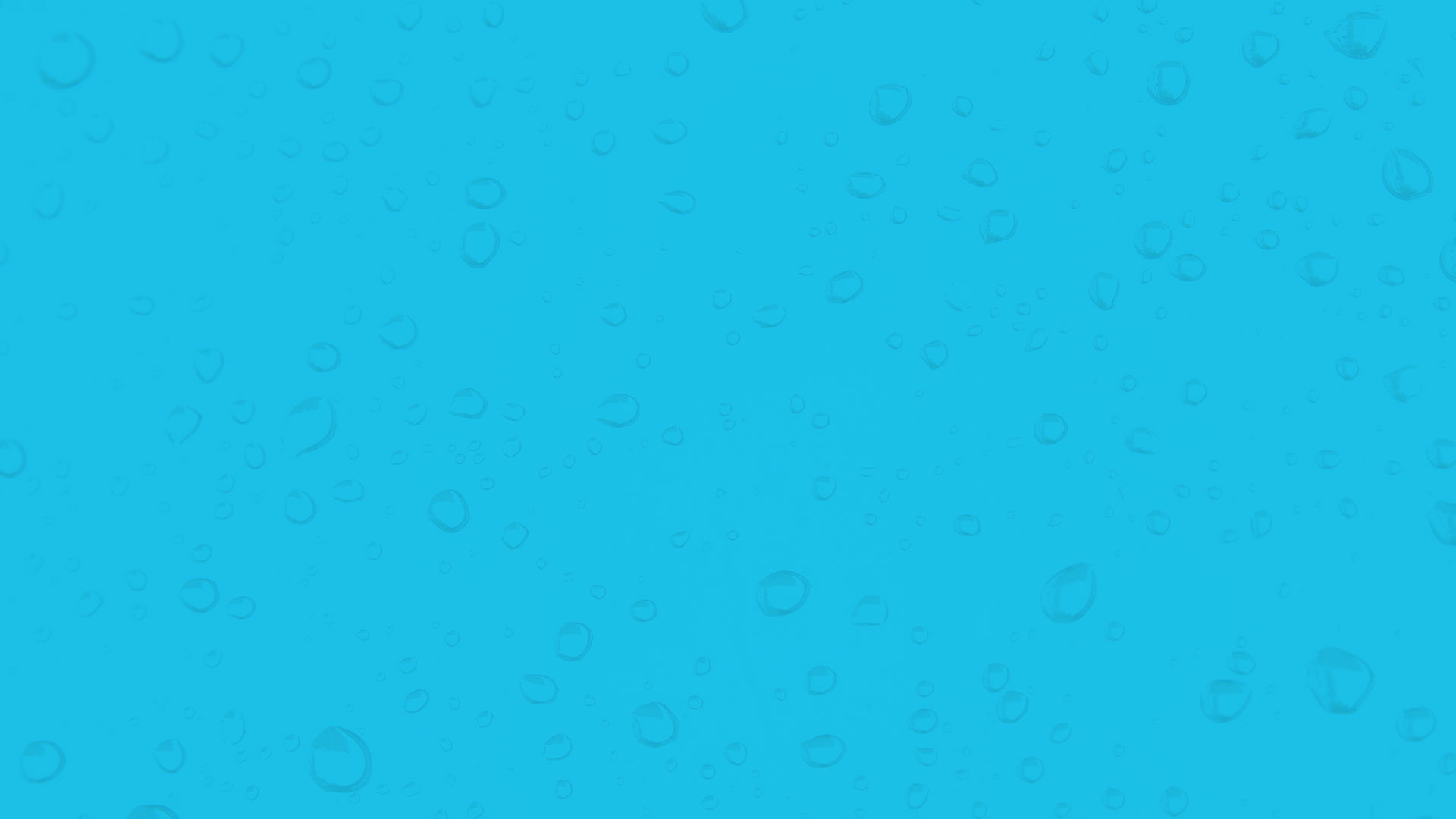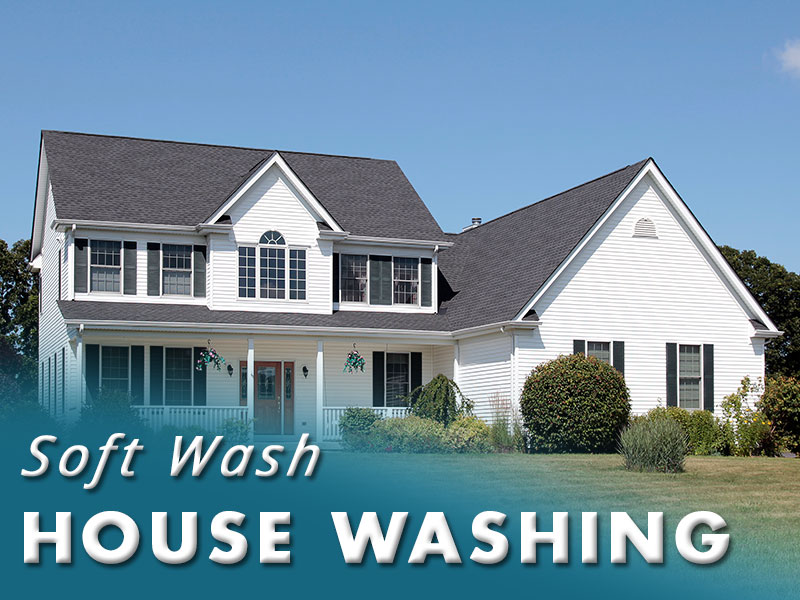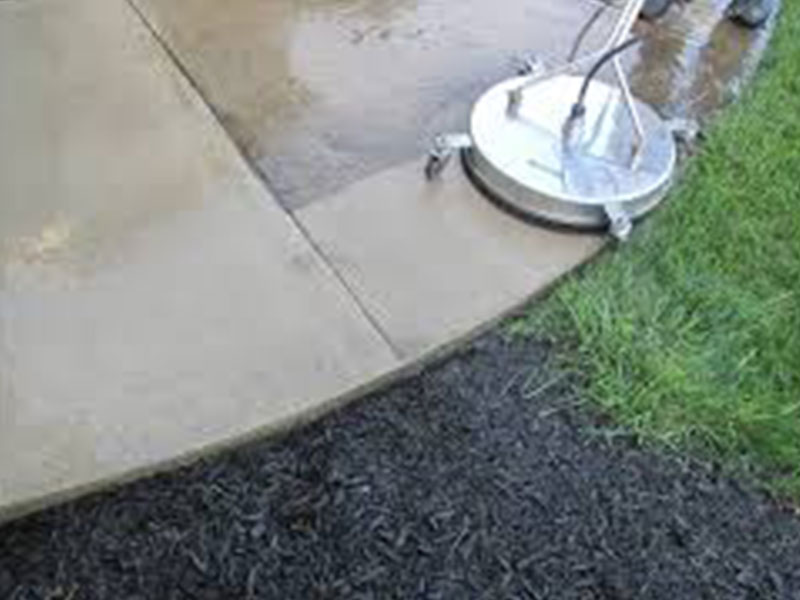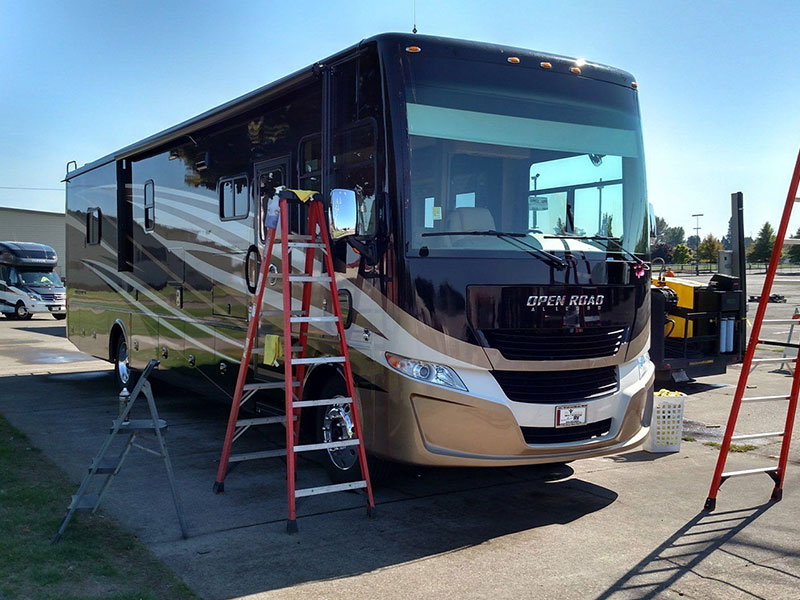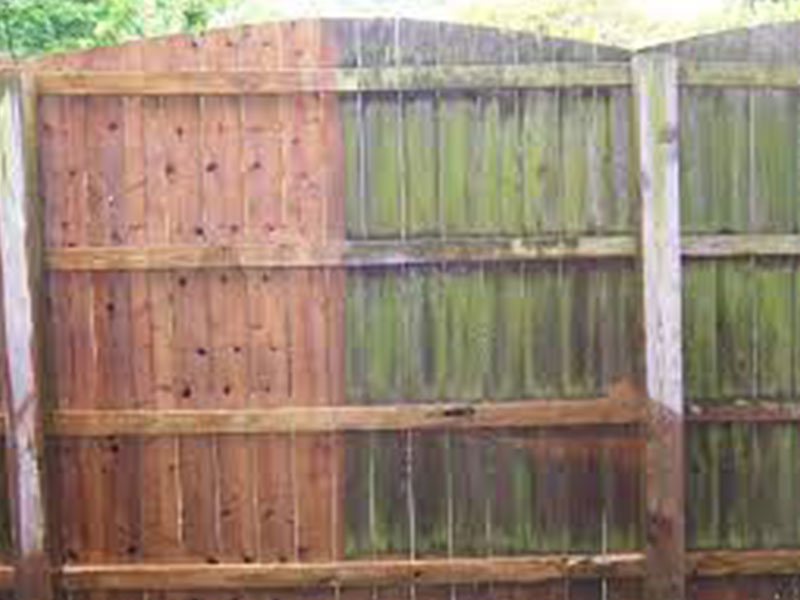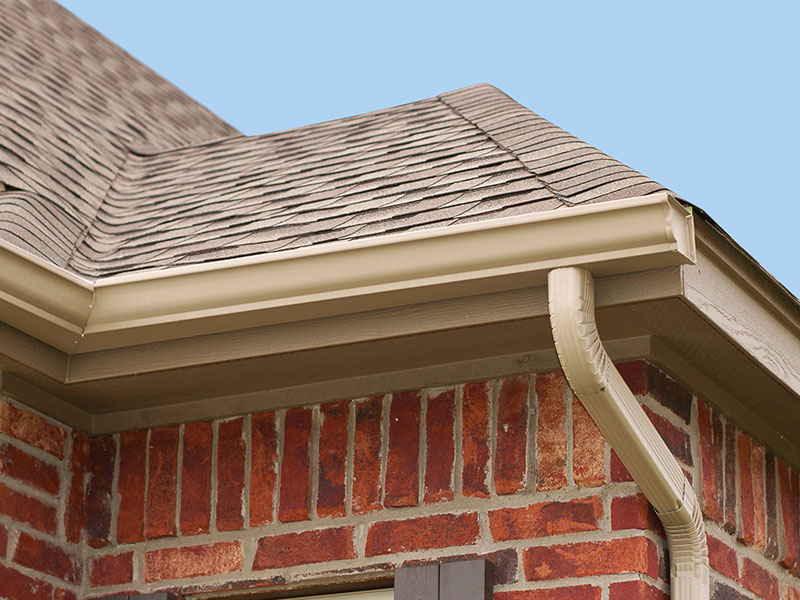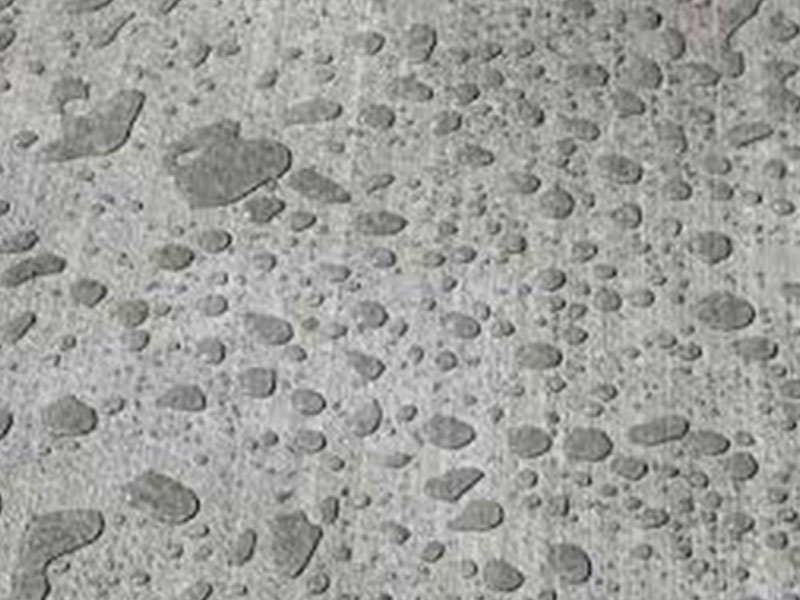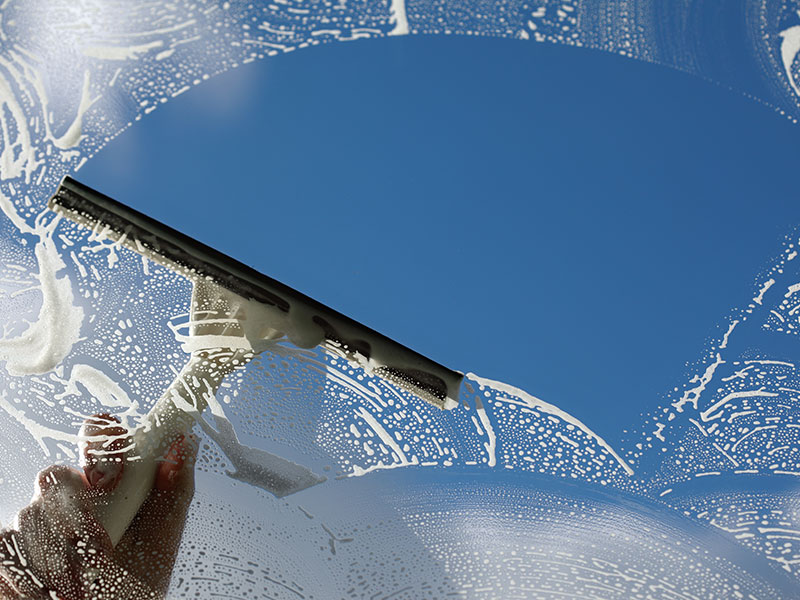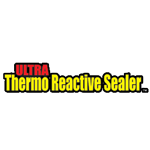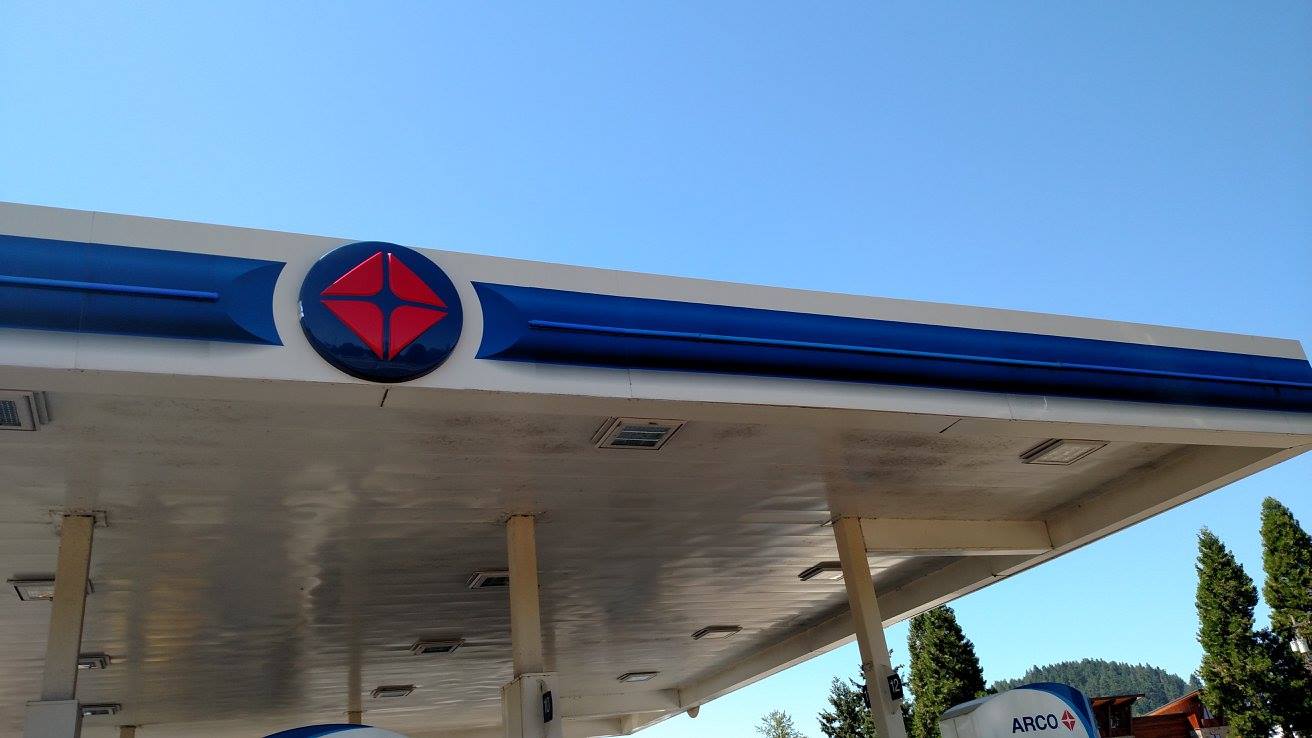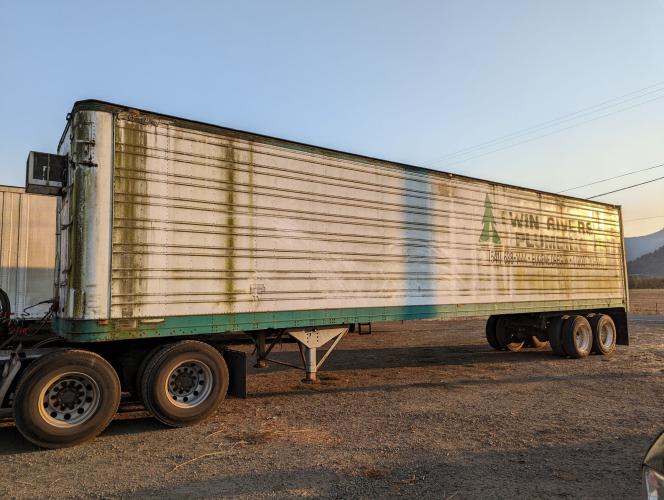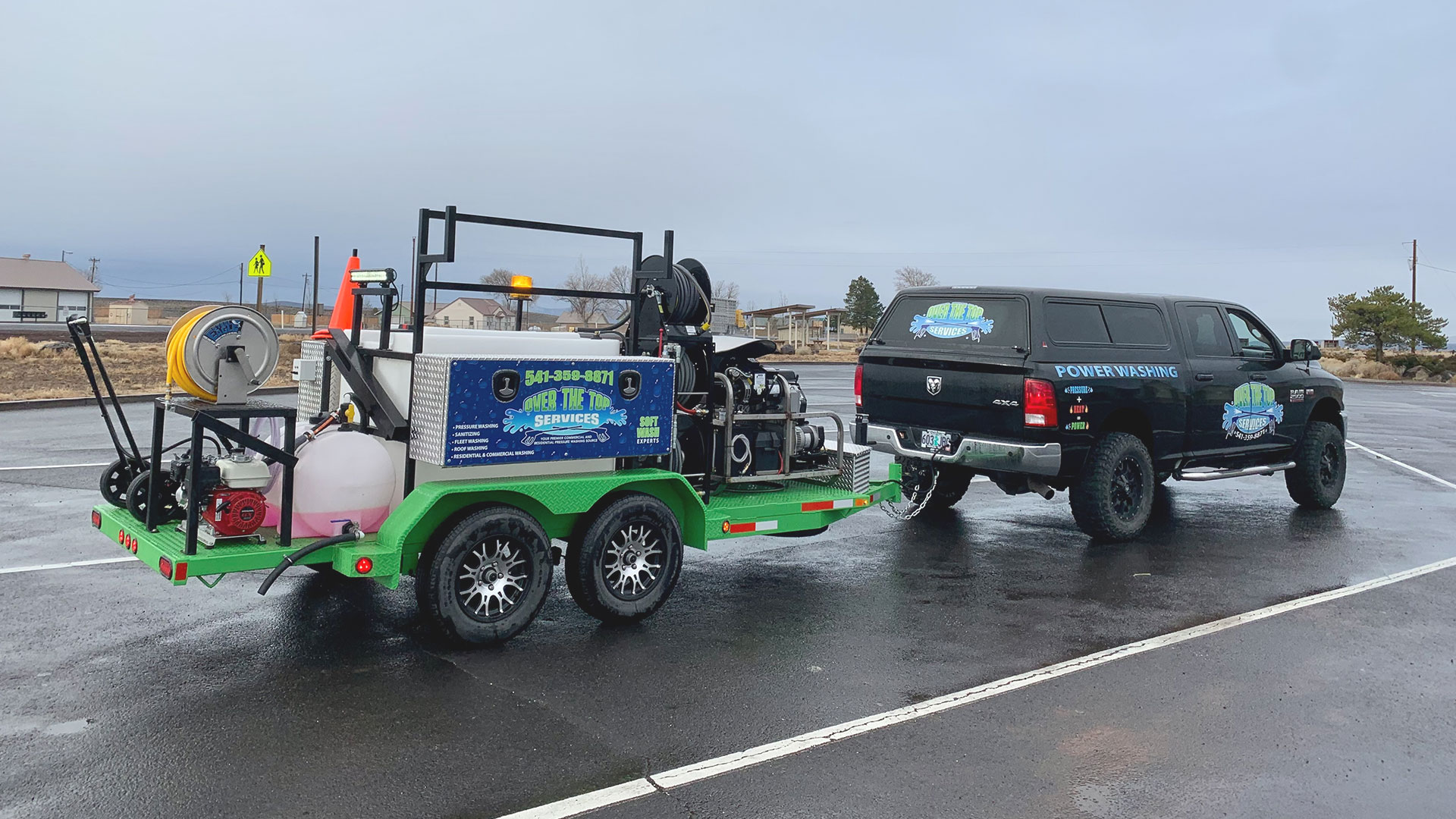
Top Lane County Pressure Washing Company!
Over The Top Services LLC is proud to provide outstanding pressure washing services to the greater Springfield region. With more than 20 years of experience, we know how to handle the hassle and stress of cleaning your property effectively to give your exteriors a new look!
We are known for being professional, prompt, and affordable. As a GSA-Certified business, we'll get the job done right in a timely manner. As a family-owned and operated business, we treat each client as if they were family and use extra care to complete every job to the best of our ability.
We use hot and cold pressure washing to help us remove grease and algae in a much easier and more effective way than our competition. We also use eco-friendly chemicals in our softwashing services, which allow us to gently yet thoroughly eradicate all traces of gunk for good without harming the environment or your property.
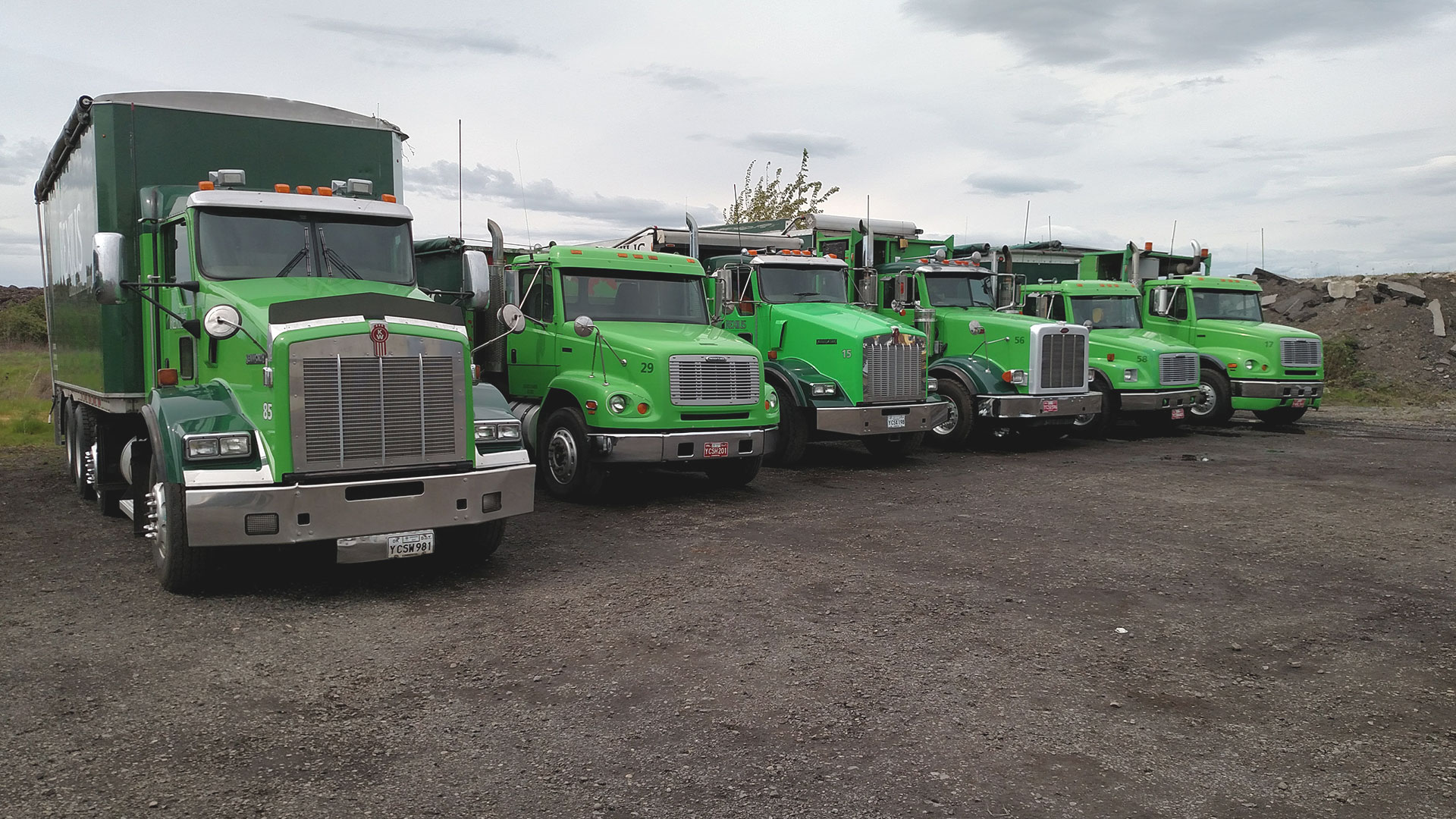
Commercial Services
While we take great pride in assisting residents across Springfield with their pressure washing, we want commercial property owners to know we can help them as well. No matter if you own a small, one-floor office, or a sprawling industrial complex, you can rely on us to get the job done.
Below are just a few of our commercial pressure washing packages. To find out more about our service offerings, don't hesitate to reach out to us.
Why Trust Us?
If you're going to hire a company to handle the pressure washing or concrete sealing for your home or commercial property, then you obviously want a business you can trust. Fortunately, Over The Top Services LLC is a credible, GSA-certified contractor that has been proudly helping people in the community for more than 10 years.
We have a team of trained and knowledgeable pressure washing specialists with more than 20 years of experience, and we know the best methods and strategies to use to get amazing results. Finally, we're certified applicators of ultra thermo reactive sealer, and we're Powerline USA certified, meaning that we use only the safest methods to complete our tasks.
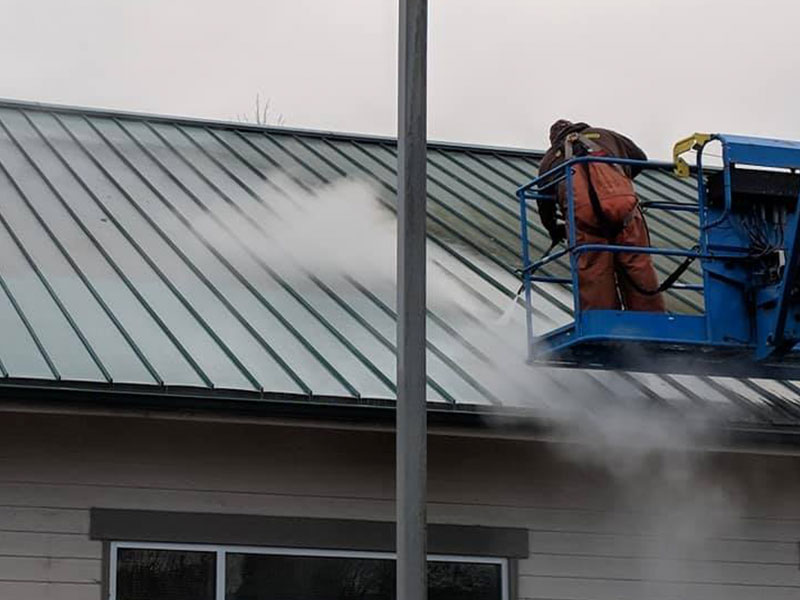
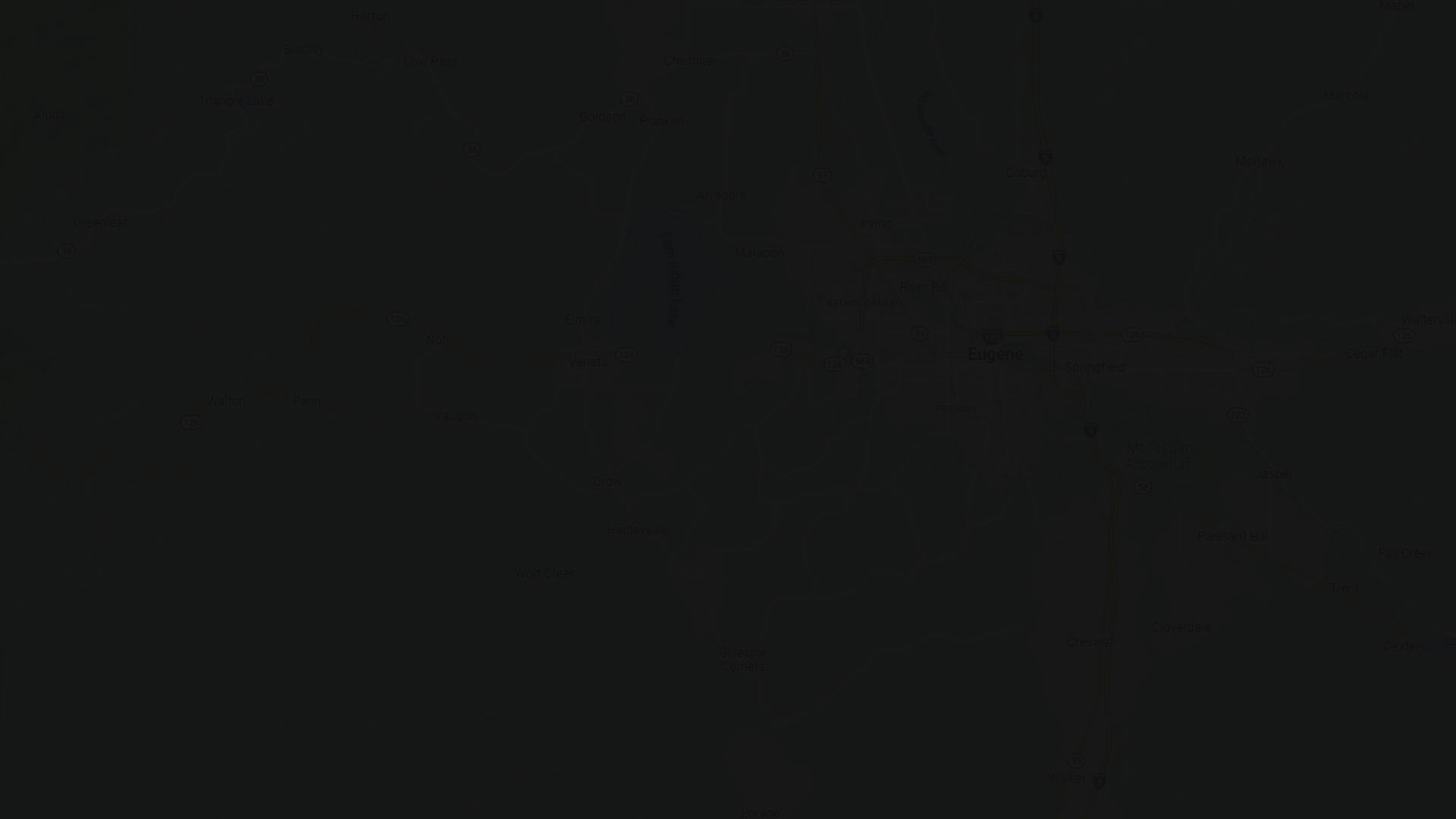
Communities We Proudly Wash
We proudly serve the greater Springfield region and its surrounding communities. No matter if you're a homeowner or a commercial property owner, you'll be able to take advantage of our work.
Below is a list of our service areas. If you do not see your town listed, please reach out to us to see if you're in one of our adjoining territories.
Recent Projects
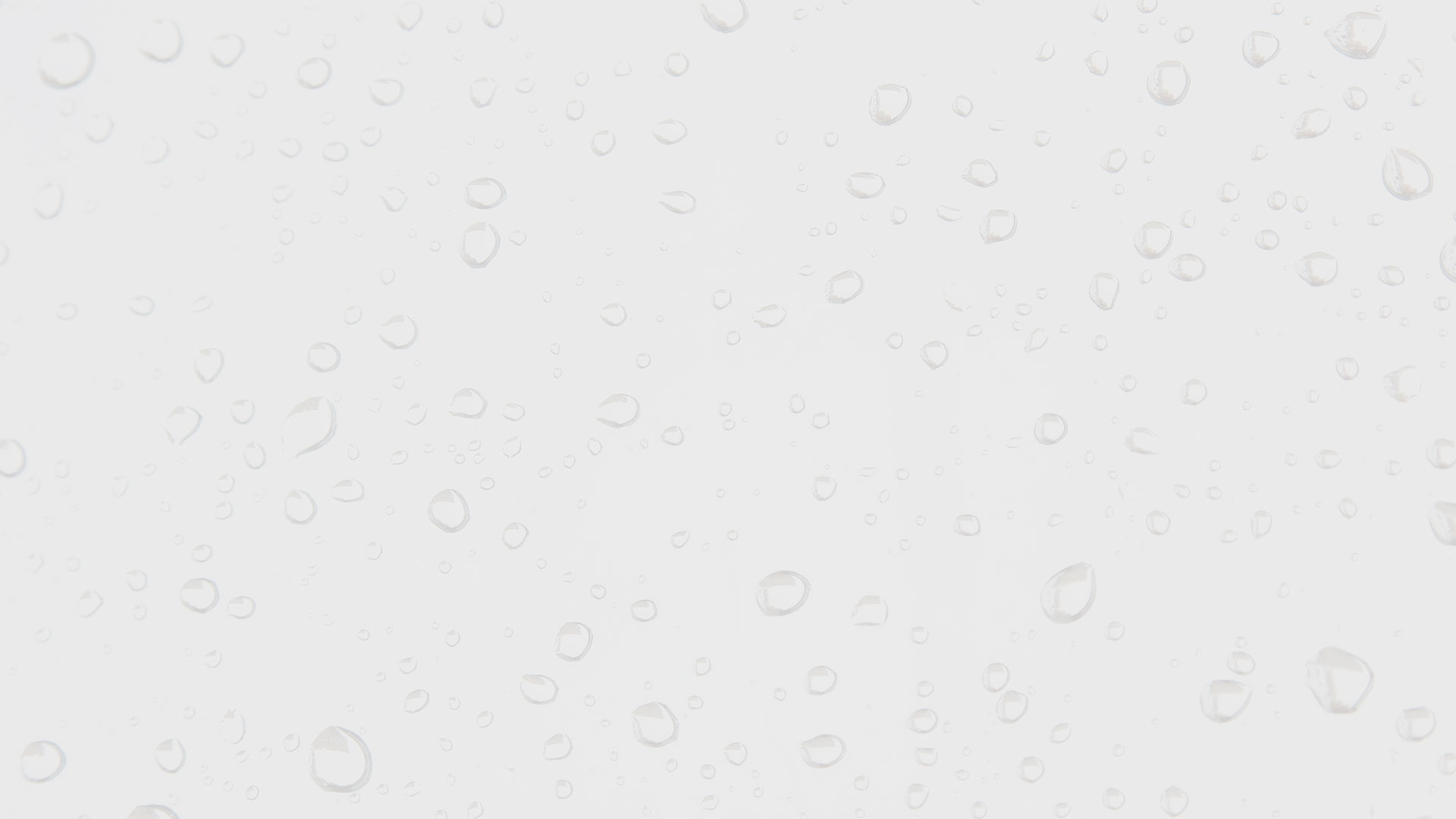
Frequently Asked Questions
Is It Safe For My Kids Or Pets To Play Outside After You Finish With Pressure Washing?
Pressure washing equipment can be very dangerous, which is why we advise our customers to keep pets and children inside throughout our sessions. However, you'll be happy to know that they'll be allowed back outside almost immediately after we're finished.
I Have Old, Set In Stains. Does Your Service Clean Those Up?
Nothing is more frustrating than finding old, set-in stains around your property. You can't scrub them away with just a mop or a garden hose. You need something a little more aggressive. That's where we come in. We employ a combination of eco-friendly soaps and hot water to eradicate even the most stubborn gunk and grime from a wide variety of surfaces, including concrete, brick, wood, vinyl, and more.
Are Your Cleaning Methods Or Chemicals Environmentally Safe?
One of the methods we often use for more delicate areas, such as vinyl siding or shingles, is a process known as soft washing, also sometimes called no pressure or low pressure washing. This method involves the use of eco-friendly chemicals that can eat away at stains without harming the surfaces underneath. There's no need to worry though. These chemicals are completely safe for the environment and your property.
Can I Use High Pressure Washing On All My Home Surfaces?
High-pressure washing is excellent for removing gunk from a variety of surfaces around your property, including your walls, fencing, deck, and more. However, in some instances, it may be a bit too aggressive. That's why we'll use the aforementioned soft wash strategy for more delicate areas, such as your siding or roof.
With soft washing, we turn down the water pressure and use a lighter water jet to wash away the nastiness. While it's a gentler approach, it still gets the job done, and you don't need to worry about any damage to your home.
Latest Articles
-
The Importance of Having Your Commercial Business Pressure Washed
Has your building lost its visual appeal? Has the exterior started to show signs of wear and tear, or is the property covered in dirt and other debris? Whether you have a residential or commercial property, it is important to maintain your building's appearance. If you […]
-
Debunking 5 Common Pressure Washing Myths
In the world of pressure washing, there are many myths circulating that make people second-guess whether they want to use this service on their home or commercial property. We're here to shed some light on the truth behind these myths and to convince you as to […]
